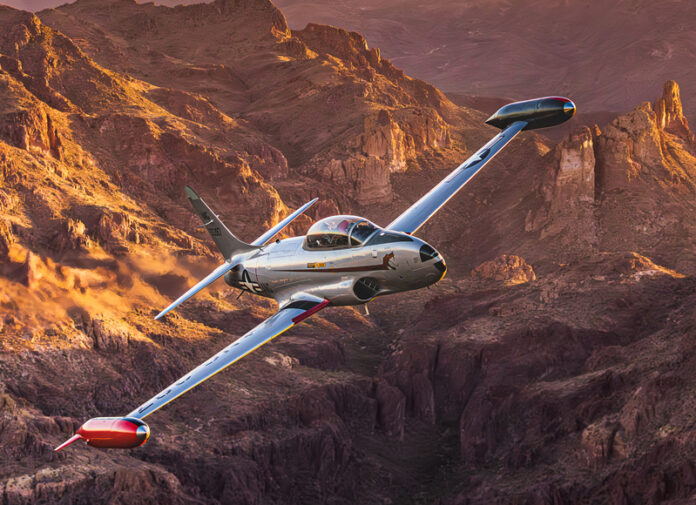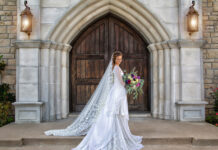Capturing Aircraft in Their Element
by
Andy Lay, M.Photog, CPP, FAA Certified Drone Pilot
If you’re the kind of person who loves a good adrenaline rush and doesn’t mind being 3,000 feet up in a plane with the doors off, strapped in by what feels like a seatbelt, then air-to-air (A2A) photography might be right up your alley. There’s nothing quite like capturing aircraft from another plane as they soar through the sky. It’s thrilling, challenging, and the ultimate way to photograph these magnificent machines in their natural environment.
Origins and Inspiration — Growing up on or near military bases, I was immersed in the world of aviation from a young age. My father, an Air Force serviceman, fueled my passion by sharing his old aircraft manuals, which I loved to study. As a former engineer in the military aircraft industry, I’ve always gravitated towards photographing planes. My initial experiences were shaped by my surroundings – aircraft taking off and landing were as normal as the sunrise. My love for aviation naturally transitioned into a love for capturing aircraft in flight.
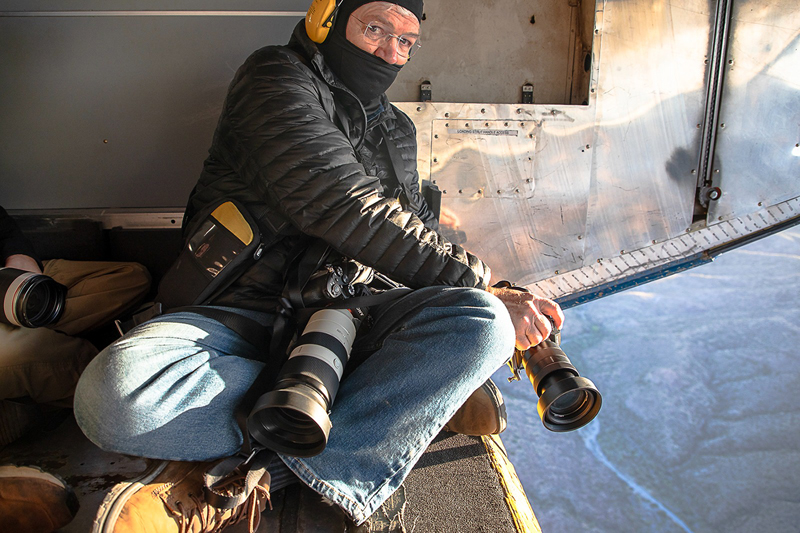
I started photographing planes serendipitously. If my daily routine led me near an airstrip, I would seize the moment, capturing whatever aircraft happened to be in motion. Later, I began attending air shows, where I could capture planes both on the ground (static displays) and in the air during performances. It was during these events that I became acquainted with aviation photographers whose work inspired me. Many had captured stunning A2A images that seemed both incredible and, at first, unattainable due to the high costs and rarity of such opportunities.
Connecting with the Aviation Photography Community — After joining Professional Photographers of America (PPA) in 2012, I got involved with another group of like-minded individuals: the International Society of Aviation Photographers (ISAP). Through ISAP, I attended symposia and outings that provided access to opportunities I had only dreamed of, like flight lines and runways during major military exercises. One unforgettable experience was at Nellis Air Force Base in Las Vegas, Nevada, where I was positioned between two runways as military aircraft from around the world departed and returned during the renowned Red Flag aerial war games.
These experiences deepened my desire to take my photography airborne. My first direct foray into A2A photography was at the Heart of Texas Airshow in Waco, Texas, in the summer of 2015. Here, I was offered the chance to photograph warbirds in flight for an additional fee. The experience was exhilarating; I felt at home and managed to capture several striking images. From that moment, I was hooked.
The Thrill of Air-to-Air Photography — A2A photography is not for the faint of heart. There’s a genetic factor often referred to as the “risk gene,” and I certainly have it. Whether it’s motorcycles, parachuting, or paragliding, I’ve always been drawn to high-risk activities. So, hanging out of an airplane to take photos is not only a thrill – it’s a blast. As a retiree from my first career, I’m not a high-volume or studio photographer, which means I have the freedom to chase unique and exciting photographic subjects. A2A photography fits perfectly into this niche, providing rare opportunities to capture one-of-a-kind imagery.
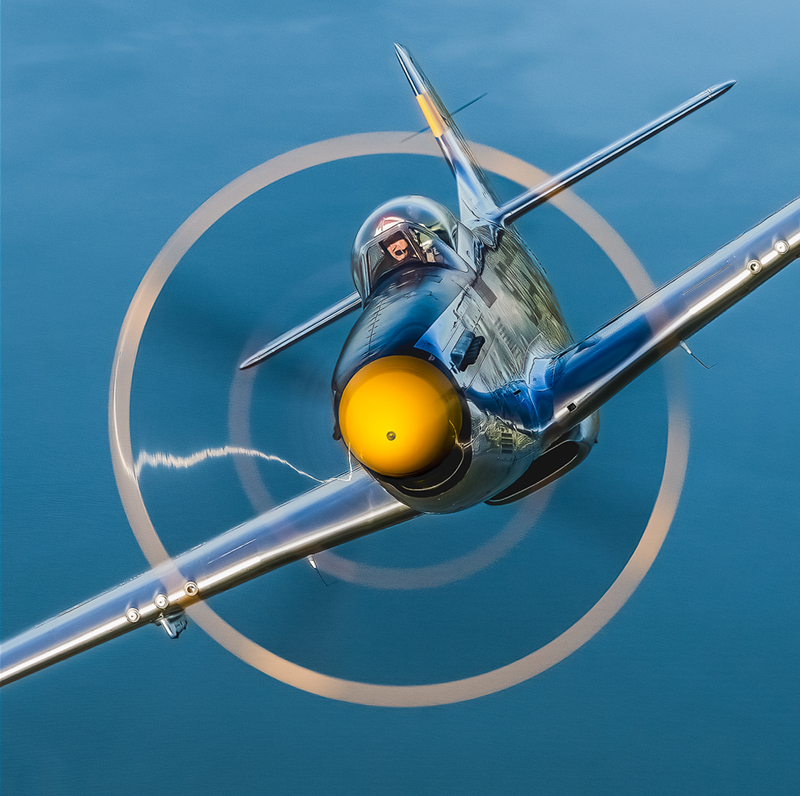
However, this genre isn’t just about thrill-seeking; safety is paramount. Every flight requires detailed planning to mitigate risks. The aircraft must be in top condition, weather conditions need to be favorable, and all flight routes, join-up points, and communication protocols must be established beforehand. The pilots, especially, need to be proficient in formation flying, as even slight deviations can lead to dangerous situations. The importance of safety cannot be overstated, and it’s evident during mission preparations whether the crew takes this aspect seriously.
The Cost of Air-to-Air Photography — Air-to-air photography is not just demanding in terms of skill and courage; it’s also a significant financial commitment. Even the simplest 30-minute shoot requires considerable resources, including manpower, fuel, and specialized equipment. Costs for a single A2A flight range from $600 to $1,300, and full-day shoots with multiple flights can run up to $2,000. Added expenses come into play if the missions are conducted at airfields far from home, including travel, lodging, and logistics.
Once airborne, the dynamics of the shoot can still limit your ability to capture the desired images. Factors such as the size and configuration of the photo ship and the number of photographers on board affect your shooting opportunities. Smaller private planes with side doors removed allow one or two photographers direct and continuous access to the target aircraft, ideal for side views and banking shots. However, getting head-on shots can be challenging in this setup.
Larger, multi-passenger photo ships can carry 10 to 15 photographers, reducing costs but requiring taking turns to shoot due to the limited size of the openings. Photographers must rotate through designated positions – sitting, kneeling, standing, or waiting their turn. Each position change is carefully orchestrated by the flight crew to ensure safety, as every photographer remains attached to a safety harness at all times. While this arrangement provides longer flight times and the chance to photograph multiple aircraft, it also means that some shots will inevitably be missed due to field-of-view constraints.
Preparing for the Mission — Preparation is critical for any A2A mission. Because the aircraft’s doors remain open before, during, and after flight, all equipment must be secured to prevent loss and potential hazards to people or aircraft. Before the flight, ensure that all camera gear, lenses, batteries, and memory cards are ready. No changes are allowed in the air. I typically bring two camera bodies with different lenses, usually a 24-105mm and a 70-200mm, to cover a wide range of focal lengths.
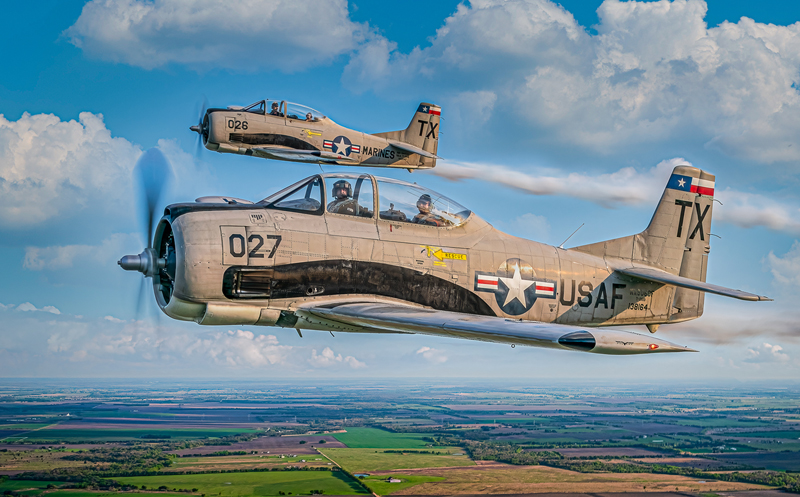
Clothing is another important consideration. While the ground may be swelteringly hot, temperatures can drop significantly at altitude, and with the wind rushing at over 100 mph, it’s essential to dress warmly but just before takeoff to avoid overheating. Hearing protection is also crucial due to the loud engine noise and wind. On my last flight, I wore both foam earplugs and over-ear protectors to minimize the intense noise levels.
Roles and Responsibilities in A2A Photography — A typical A2A mission involves multiple key roles. The pilots are responsible for the safe operation of their aircraft and maintain communication with the control tower and other aircraft in the mission. The mission director provides guidance on the direction of the photo ship and the positioning of the target aircraft, communicating via radio or hand signals. Often, a crew member called the photo lead assists in relaying information to the photographers, pointing out target aircraft and signaling significant moments, such as a formation break.
In some flights, a photographer may be granted the unique opportunity to direct the target aircraft’s positioning. I once served as both mission director and photographer, where I helped plan the flight route and mission goals during the pre-flight briefing. In-flight, I spent part of the time scouting our flight path for the best backgrounds and then used hand signals to direct the target aircraft into position for each shot. This dual role was both challenging and deeply rewarding.
The Photographers’ Role in Safety — Photographers on board a photo flight are not just passive participants; they have a responsibility to contribute to the overall safety of the mission. Any crew member, including photographers, can call off a mission if they observe unsafe conditions. This collective vigilance ensures that safety remains a top priority, making A2A photography a team effort where every individual plays a crucial role.
Technical Considerations and Camera Settings — Creating great A2A images is about mastering composition, lighting, subject matter, and backgrounds. Most photo flights are planned around sunrise or sunset to take advantage of the best lighting conditions. Backgrounds range from the terrain below to the open sky above, with mountains, water, or colorful fields providing stunning backdrops.
When photographing propeller-driven aircraft, it’s important to show some motion blur in the propellers. A completely frozen prop looks unnatural, as if the aircraft’s engine isn’t running. A particular desired look is achieved with a slow enough shutter such that the propeller appears as a circular translucent disk. The full-circle prop blur is difficult to achieve without introducing motion blur to the image. The ideal shutter speed varies, and it’s advisable to use a range of speeds to ensure a mix of sharp and dynamic images.
Jets, by contrast, are somewhat easier to photograph due to the lack of moving propellers, allowing for faster shutter speeds and less risk of motion blur. Regardless of aircraft type, capturing images in-flight is always challenging due to the constant motion and turbulence. Image stabilization is essential, and shooting in continuous mode at a low frame rate helps balance capturing enough images without overwhelming post-processing efforts.
Post-Flight Workflow and Editing — After a mission, the real work begins with culling through hundreds of images to find the best shots. I use Adobe Lightroom to ingest, organize, and flag the top images for further editing. Collections are particularly useful for organizing shots of multiple target aircraft, allowing easy access to the best images of each type. For final edits, I apply Adobe Landscape profiles and use masking techniques to fine-tune the aircraft separately from the background. Occasionally, more complex edits require a transition into Photoshop.
Most of my finished A2A images are for personal enjoyment and sharing, though a few have performed well in competitions. Regardless of their competitive success, nothing beats seeing these images printed large on metal—a format that truly captures the power and beauty of aviation imagery.
A Unique and Rewarding Adventure — Air-to-air photography offers a unique blend of thrill, artistry, and technical challenge. It’s not just about capturing images; it’s about embracing the experience of flying and photographing from the sky. For those drawn to the adrenaline of high-risk photography and the beauty of aviation, A2A photography is an exhilarating journey that provides rare and unforgettable opportunities to capture the essence of flight.
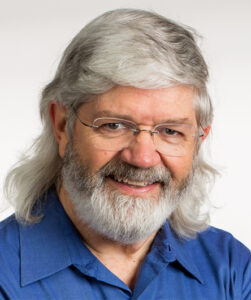 Andy Lay is based in Fort Worth, Texas. After a 38-year career as a software engineer, he began his professional photography journey in 2016, specializing in aviation, travel, and landscape photography. View his portfolio and contact him at www.andylay.com.
Andy Lay is based in Fort Worth, Texas. After a 38-year career as a software engineer, he began his professional photography journey in 2016, specializing in aviation, travel, and landscape photography. View his portfolio and contact him at www.andylay.com.



